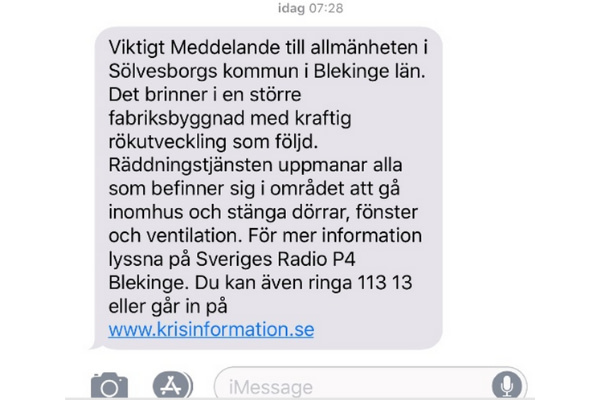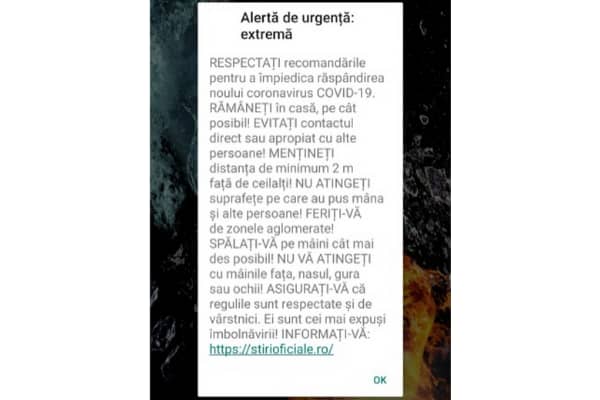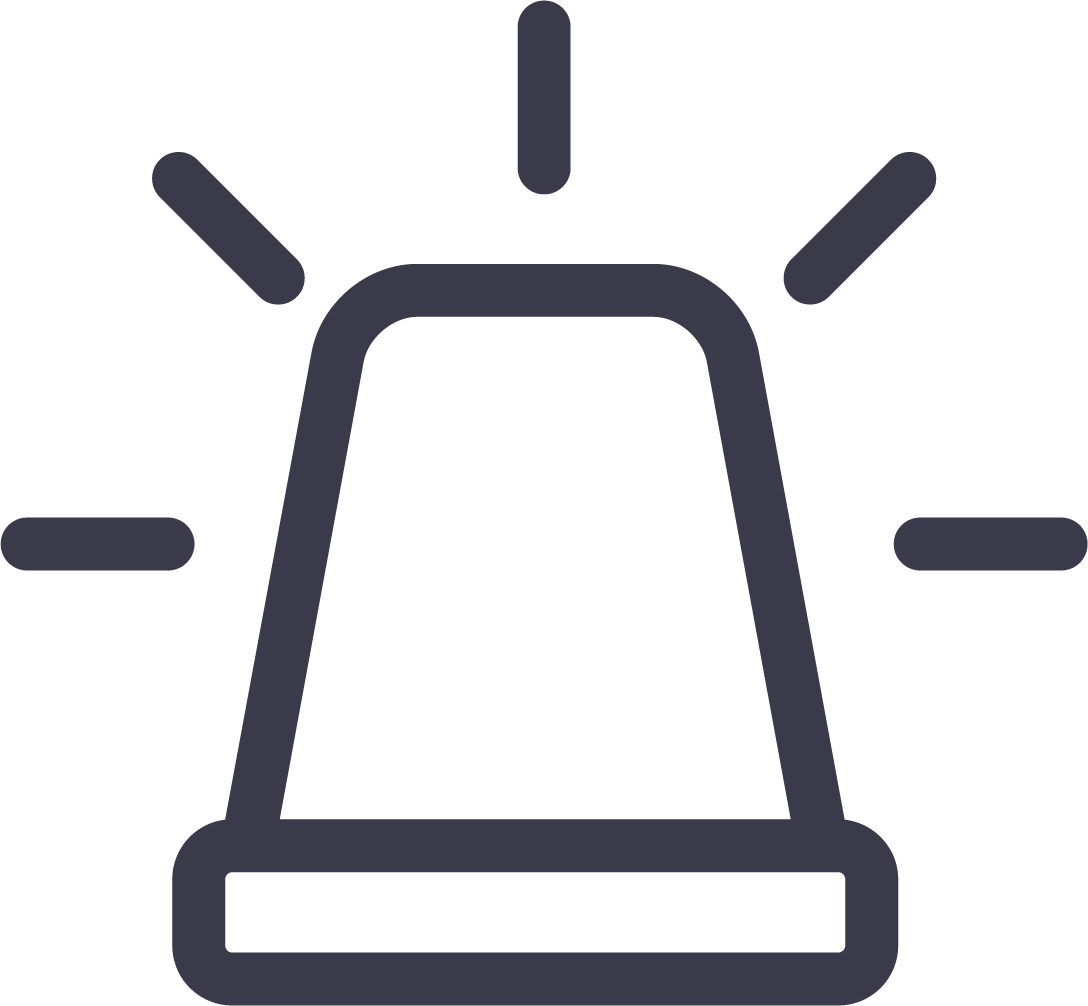Recent terrorist attacks, natural disasters or health crises have highlighted the need for efficient Public Warning Systems. This allows public authorities to quickly alert the population and let them know of an ongoing crisis or imminent threat.
Table of contents
A multi-channel Approach
Since one technology cannot instantly reach all the population, EENA believes that many different channels must be considered to maximise the chances of disseminating information to as many people as possible. Possible channels include using people’s phones, sirens, social media, TVs & radios, emails, variable message signs…
You can learn more about these different channels in EENA’s document on Public Warning Systems.
Alerting the population on their phones - mandatory in EU legislation
EENA has been advocating for the EU to mandate public alerting on phones since the early 2000s, including by supporting a Written Declaration on the matter in 2008 (see Written Declaration on early warnings for citizens).
We are delighted that the European Electronic Communications Code (EECC) – which was adopted in December 2018 – makes it mandatory for all the Member States of the European Union to implement modern public warning systems. By June 2022, public authorities in all Member States must be able to send alerts to people’s phones in a determined area. Read more about how the EECC is affecting emergency communications in the EU here.
Two technologies make it possible to reach everyone present in a specific area on their mobile phones and thus comply with EU legislation:
- Cell Broadcast is a standardised technology that makes it possible to send alerts to a geo-targeted population, directly on their mobile phones. When people are present in an area (whether they are residents or visitors) where a disaster is ongoing or might happen in the near future, their phone would display an alert with a distinctive ringtone and vibration. Public authorities can use this technology to alert instantly (usually within 10 seconds) the population present near a disaster (possibility to narrow it down to a few meters) and in a privacy-friendly manner.
- Location-Based SMS is another technology that can be used to alert all the population of a given area in near real-time. The main difference with cell broadcast is that alerts are transmitted to the users by regular SMS. Public authorities can use the cellular base stations to disseminate alerts to all the phones connected to these stations in an anonymised way. Authorities may also be able to access information on the country of origin of the users’ SIM cards, making it possible to send the alert in different languages to different phones and to get real-time situational awareness on the number of users around the disaster.
eena's stance on technologies
EENA remains technology-neutral and believes that it is up to Member States to assess whether they want to deploy Cell Broadcast and/or Location-based SMS (both have pros and cons), which are described in EENA’s document on Public Warning Systems. We have also added examples at the bottom of this page.
This being said, EENA believes that using both technologies is the best solution to fully exploit their potential and making sure that citizens are appropriately informed of a developing disaster.
EENA is however firmly against the use of smartphone apps as a substitution for Cell-Broadcast and/or Location-based SMS. This is primarily because apps require downloading: a high-penetration rate cannot be achieved based on voluntary downloads only.
technologies ...but not only
While modern technologies can help reach thousands of people in seconds, we believe that the organisational and human aspects of public warning and crisis communication should not be forgotten. In other words, technologies will not draft nor launch the alerts. Every country and responsible authority must ensure that they have a proper doctrine and procedure in place to use these public warning systems.
These strategies should for instance address questions such as: who sends the alerts; at which administrative level (national, regional, municipal…); at what moment; with which content; in which language; using which channels (etc).
how can eena help you to deploy public warning?
EENA can:
- Respond to any questions you may have about public warning
- Put you in contact with other public safety officials who have already deployed Cell Broadcast and/or Location-based SMS
- Put you in contact with several vendors
- Co-organise a physical / online event for you to hear from public safety officials and vendors
Feel free to contact Benoit Vivier at [email protected]
Use of technologies by country in Europe as of January 2024:
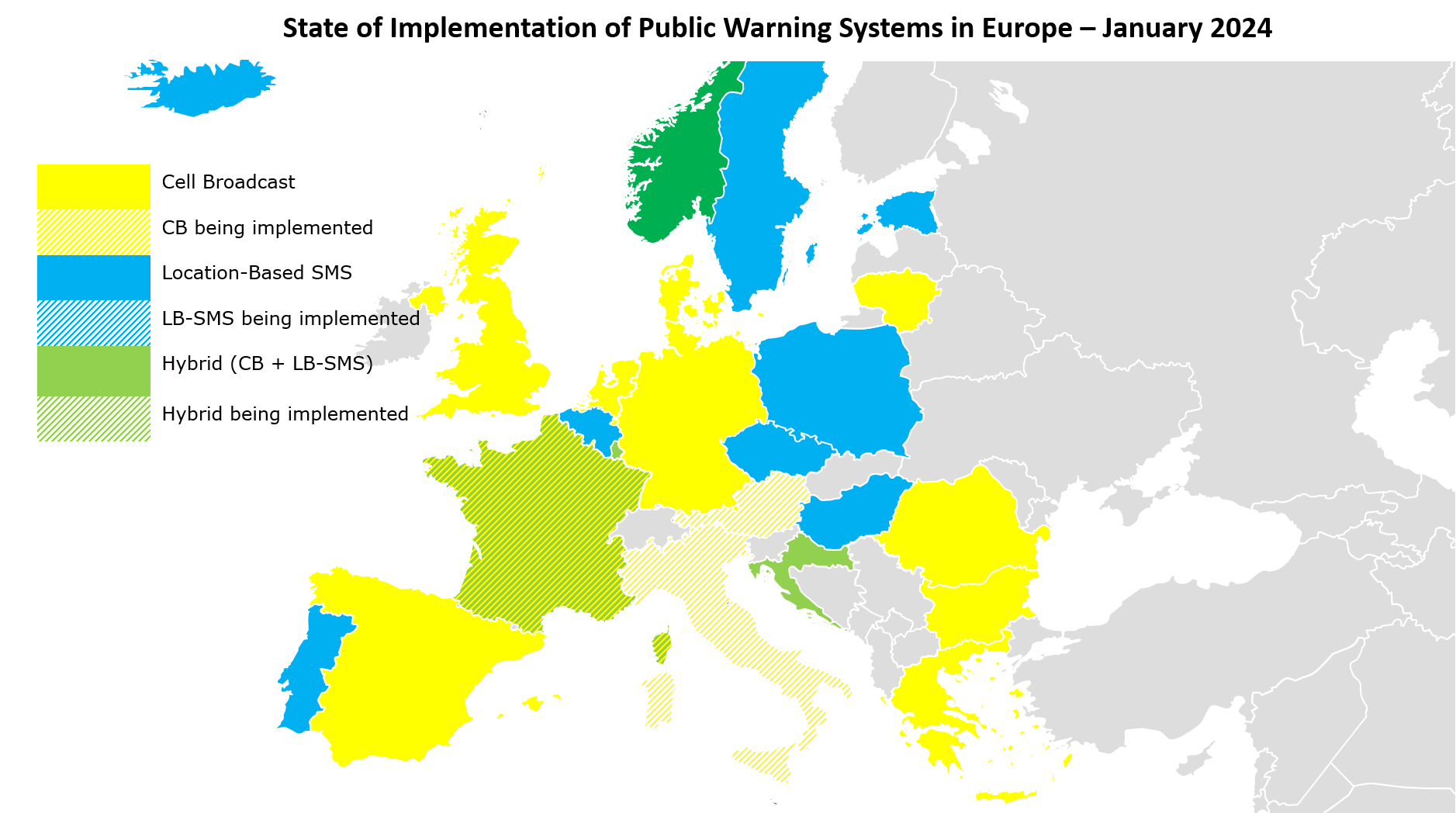
Standardisation
You can find a list of standards here that affect the implementation of public warning systems. To find out more about standardisation, head to our page.
Standards on Cell Broadcast:
- ETSI TS 102 900 – European Public Warning Systerm (EU-ALERT) using the Cell Broadcast Service
- 3GPP TS22.268; release 18 – Public Warning System requirements:
- 3GPP TS23.041; release 18 – Technical realization of Cell Broadcast Service
Standard on Common Alerting Protocol: Common Alerting Protocol, version 1.2
Useful Resources
- EENA Blog: The End Isn’t Nigh – Why There is Nothing to Fear About Public Warning Systems
- EENA Blog: FR-Alert, a European Reference Combining Cell Broadcast and Location-Based SMS
- EENA Blog: 8 Recommendations to Get the Most Out of Public Warning Systems
- EENA 2023 Conference: Ensuring Continuity of Emergency Comms and Public Warning with Satellite Applications
- EENA 2023 Conference: The UN Early Warnings for All Action Plan
- EENA 2023 Conference: Combining Different Technologies to Alert the Population: PWS in France
- EENA 2023 Conference: Diversification of Public Warning Channels
examples - authorities reaching citizens
